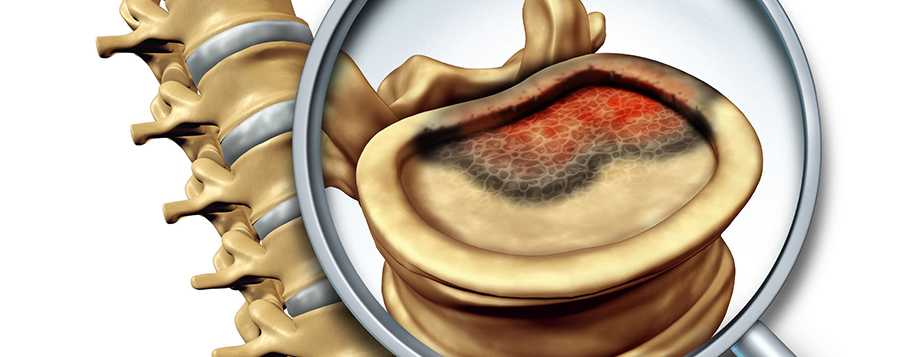Endoscopic Spine Surgery
Diagnostic Procedures
Pain Management Procedures
Traditional Spine Fusion Surgeries
Mini Spine Fusion and Spine Disc Replacement
Interventional Pain Management for Cancer Pain
Patients suffering from cancer pain have unique sources of pain that cannot be treated with the usual pain management interventions. Most patients suffering from cancer-related pain are only offered increasing doses of strong pain medications or complicated and dangerous devices such as implanted intrathecal pumps. What many patients and cancer physicians may not realize is that there are many interventional pain management procedures that can offer temporary and/or permanent pain relief for many cancer-related pain sources such as the back, chest, abdomen, and pelvic areas.
What is interventional pain management
Interventional pain management consists of several methods performed to reduce pain and improve the quality of a patient’s life. It has a target similar to other pain management treatments, such as taking prescription medications, but these are minimally invasive treatments and are used for patients for whom other therapies have failed. These injections directly handle the source of pain and can be a part of a multi-disciplenary approach, involving therapy and medications, for example.
Conditions such as chronic headaches, mouth, or face pain; low back or neck pain; or muscle and or bone pain can be treated with interventional pain management.
Interventional pain management types
Injections can provide temporary pain relief by bringing opioids or steroids to the nerves in the source of pain. A commonly known example of such an injection is epidural steroid injection in the lower back, which targets the inflamed nerve root directly. Among other injections are cervical epidural steroid injection, facet joint injection, etc.
Nerve blocks are another option for those who suffer from low back pain. It is very beneficial for sacroiliac joint pain and facet joint pain. During the procedure, the nerve that is giving the joint sensation, is blocked. There are several types of nerve blocks, which include celiac plexus block, lumbar sympathetic block, medial branch block, and stellate ganglion block.
Radiofrequency rhizotomy aka radiofrequency ablation and neuroablation is performed using X-ray guidance and a needle with an electrode at the tip that gets heated. The goal of such a procedure is to temporarily stop a nerve’s ability to send messages causing pain to a patient’s brain. Patients who suffer from facet joint syndrome symptoms such as arthritis or even sacroiliitis symptoms may benefit from this procedure.
Intrathecal pump implants, also known as pain pumps, release small doses of medication directly into the area surrounding the spinal cord to stop the pain signals from reaching the brain. A small device is implanted under the skin and is programmed to deliver a specific amount of medication. Patients who suffer from cancer pain and or have a failed back or neck surgery can benefit from the pump.
With an electrical stimulation, a stimulator is implanted along with an electrical lead to send electrical pulses directly to the source of pain, which can be the spinal cord, nerves, or brain. It is usually performed for those who have failed back surgery syndrome, cervical radiculitis, lumbar radiculitis, neuropathy or complex regional pain syndrome.
Interventional pain management treatment
A patient may need to try different interventional pain management techniques or a combination of these techniques as part of a comprehensive pain management plan.
Because all cancer patients have complicated medical conditions, especially those undergoing chemotherapy or radiation therapies, we will work closely with a patient’s oncologist to make sure these procedures are timed and performed in the safest possible manner. These highly specialized procedures can often be used to treat cancer pain better than with strong pain medications or implanted devices.
